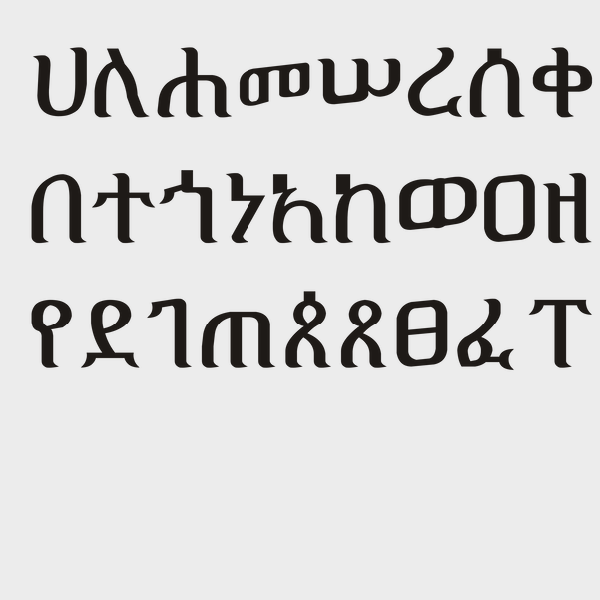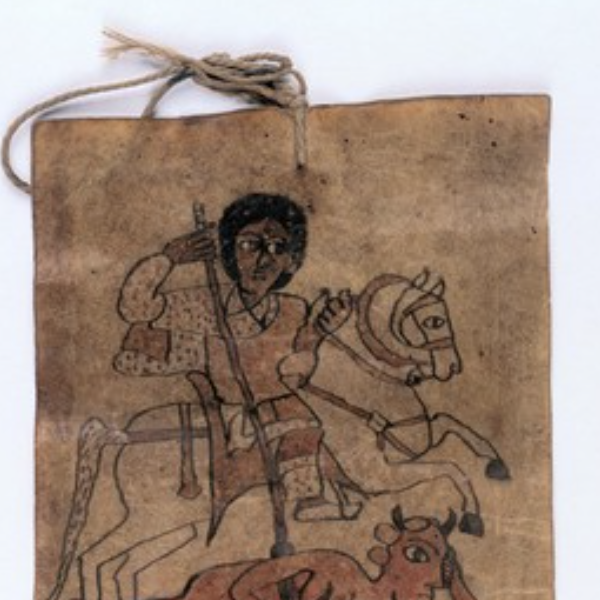Religion

The Armenian Genocide Museum Institute
As the AGMI states in its mission statement, it 'teaches universal lessons to combat hatred, discrimination, prejudice and apathy.'
African Studies Center
The Center hosts or links to resources on just about every African topic an educator might want to focus on in the classroom.
Ge'ez Script
Ge’ez script is a script used in modern-day Eritrea and Ethiopia that dates back to the 1st century CE.

Ethiopian Healing Scrolls
Ethiopian healing scrolls are believed to eliminate sickness by ridding spirits and demons from an ill person. Originating sometime between the 1st and 8th century CE in the Axum empire, the scrolls are still used to this day, and still written in the Ge’ez script of the Axum empire.

Poverty Point in Louisiana, United States
Poverty Point is a prehistoric earthenwork site featuring mounds, ridges, and a ceremonial plaza located in northeastern Louisiana, United States.

Altar from the Classic Maya Period
This limestone altar was created by the Maya culture sometime between 300 and 900 CE and found in Belize in Central America. The altar is round and was carved with twenty glyph blocks on top, which are now faded and display cracks but also attempts at repairs.

The Cahokia Mounds State Historic Site
The Cahokia Mounds State Historic Site is an archaeological site of a pre-Columbian Native American city located in southwestern Illinois, near St. Louis, Missouri.

Inca Miniature Tunic
This cotton and camelid hair tunic dates from the 14th-16th century CE in Peru, and was simply constructed from a rectangle of fabric, with a slit for the neck and open sides for the arms.
Polynesian Oral Traditions
This collection compiled by Rawiri Taonui, a professor of Indigenous Studies, includes creation myths and stories about gods, the origin of humanity, and cultural heroes for several Polynesian cultures, such as Hawaii, Samoa, Tonga, Tahiti, and numerous others.

Moai on Easter Island
The Moai are large statues on Easter Island in Oceania, known for their distinctive head and facial features. The moai were created by the Rapa Nui people likely between 1250 and 1600 CE.